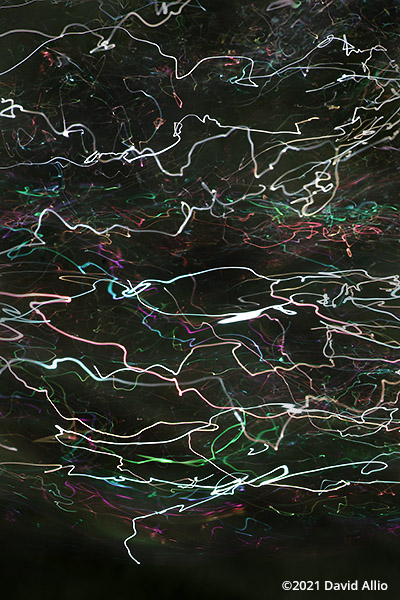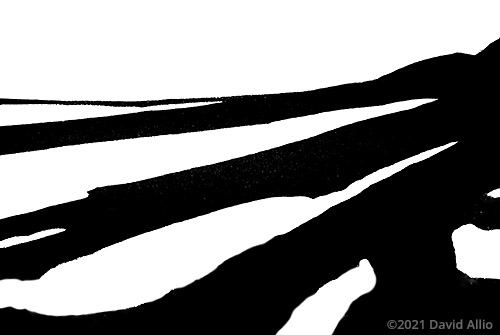
Reflective Play – Visual Art Collection
What do you see?
This photograph is a work of realism prompted by reflected light from one of my granddaughter’s toys. Although it is a work of objective art, the object(s) may not be easily identifiable. More accurately, it should be described as a work of photographic impressionism. This artwork captures reflected direct sunlight from one or more objects using gesture and illusion, not detail.
Now, what do you think I saw?
camera: Nikon D850 | lens: AF-S Nikkor VR 105mm f/2.8G IF-ED
focal length: 105mm | exposure: f/18 – 1/10th second – ISO 31

Shadows on Snow – Visual Art Collection
As we near the end of March, my wife has guaranteed she can end these wintery scenes at least until we passed through another Summer season. Her solution: she has ordered gifts for me of a new snow shovel and galoshes.
camera: Nikon D3 | lens: AF-S Nikkor 70-200mm f/2.8G ED VR II
focal length: 170mm | exposure: f/8 – 1/4000th second – ISO 500

Shadows on Snow – Visual Art Collection
Photography is associated with an accurate representation of realism – a reflection of reality. Black and white with associated grey tones convey a sense of authenticity that is confounded by the embedded messages of colors.
Is this an abstraction?
Purely abstract work avoids realism, so can photography really be abstract?
These Shadows in Snow may more accurately be considered minimalism. In this image, the minimalism is binary – black and white.
camera: Nikon D3 | lens: AF-S Nikkor 70-200mm f/2.8G ED VR II
focal length: 110mm | exposure: f/8 – 1/2000th second – ISO 250


